![]() an art director
an art director
 JP | EN
JP | EN
 JP | EN
JP | EN
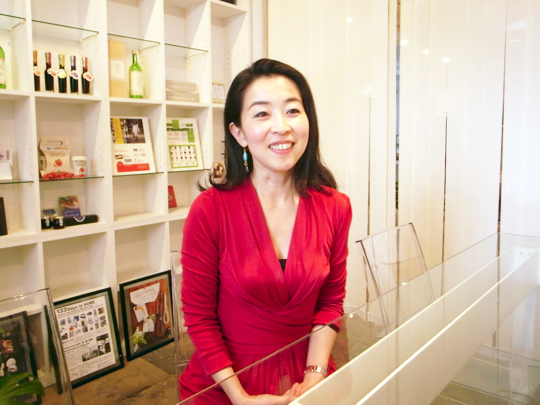
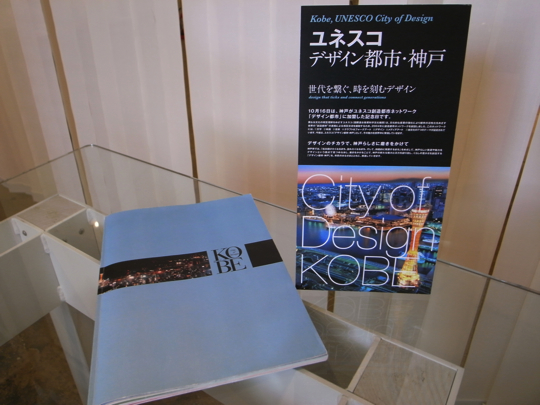
Instead of emphasizing the development of the city or the recovery from the earthquake, as many public administrators do, I focused on how this port city has always been a design city since the opening of the port, and I cast a spotlight on key individuals who were involved. I didn’t think UNESCO could see a clear reason to certify Kobe as a design city if we didn’t show them how the city is beneficial to the world as a design city.
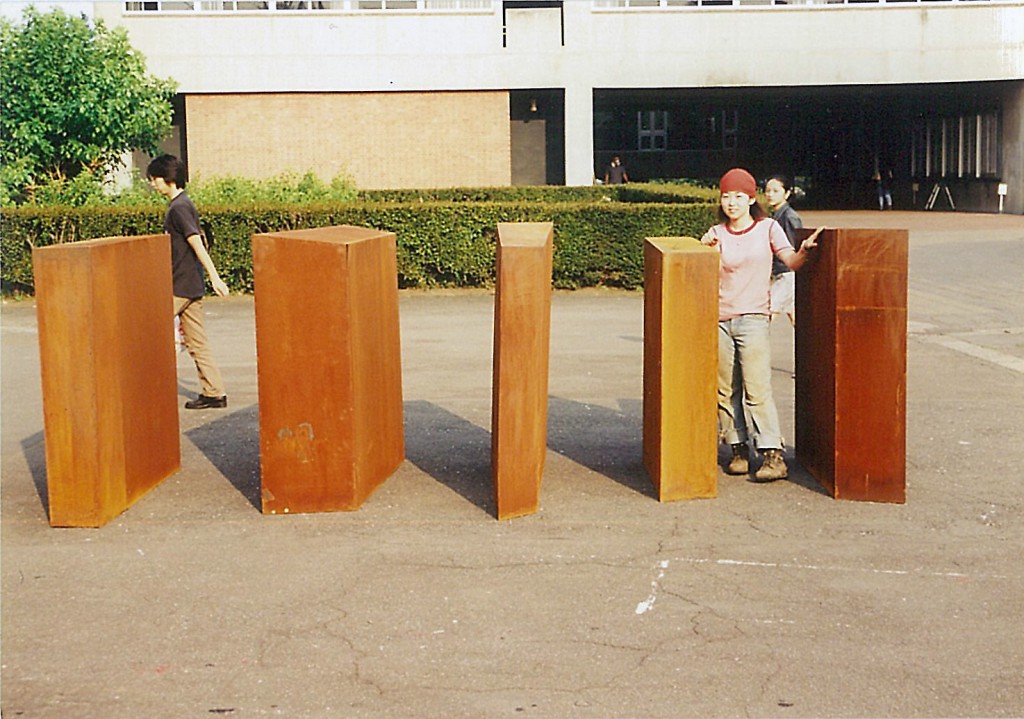 Photo: Ms. Hoshika when she was a student
Photo: Ms. Hoshika when she was a studentI was crying, not just for the fact that the city was destroyed, but more for my powerlessness against this disaster. That’s why I made a promise to myself to become a person who can be beneficial to Kobe and to return there with such an ability someday.
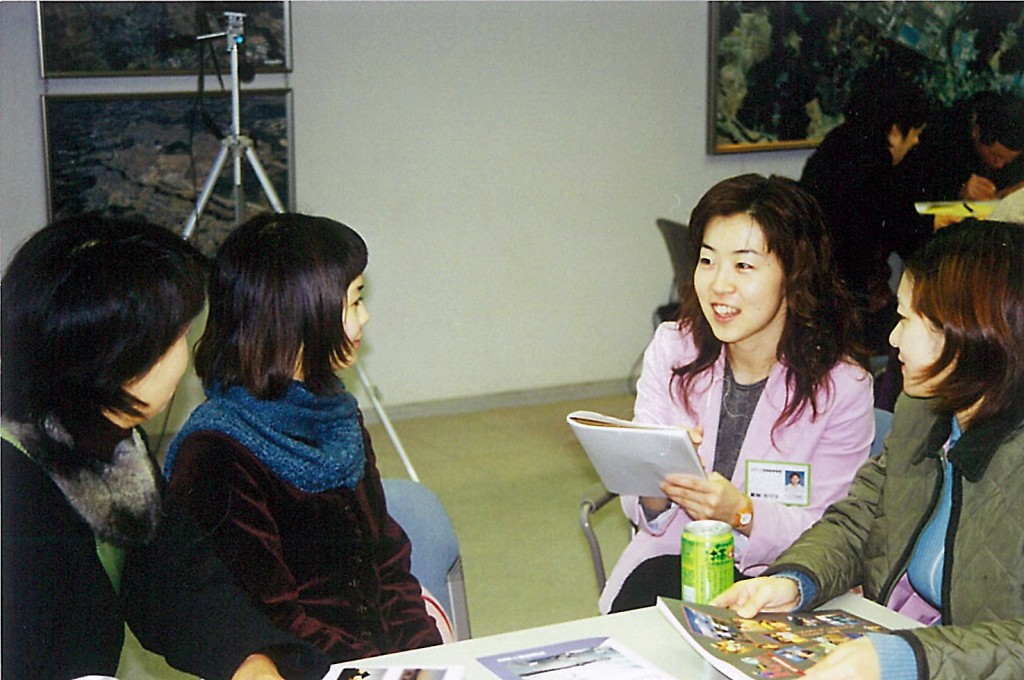 Photo: Ms. Hoshika when she was working for a city planning company
Photo: Ms. Hoshika when she was working for a city planning companyWe proposed four themes, including “Scandinavian wooden house” and “Renovated old house,” and the applicants decided the locations of streets and plots themselves, the idea of which gathered great attention. A lack of money for advertising led us to use a leading-edge strategy to gain the attention of the media.
Kobe is a special place for the city planning industry. Experts considered it a city where many cutting-edge houses existed. But I left for Tokyo without knowing about Kobe. I was planning to spend one week to interview two people or so in a day, thinking about what I could do when I returned to Kobe someday, and went back to Tokyo to work for another seven or eight years.
I had completely let things happen by chance. I wasn’t sure if I could start a business, but people said I could, so I did. I didn’t start it out of a hungry spirit.
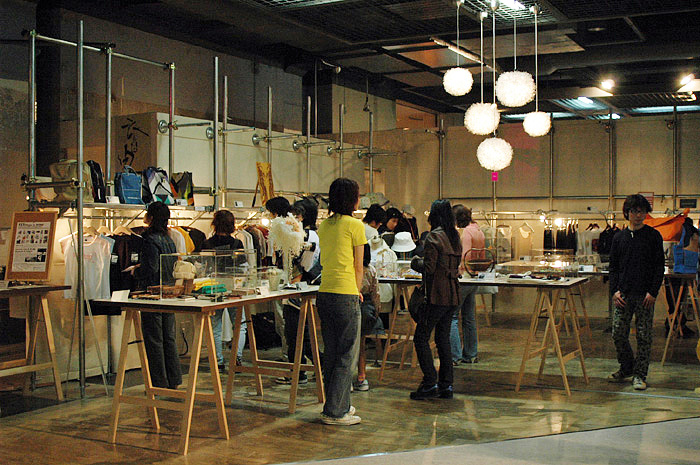
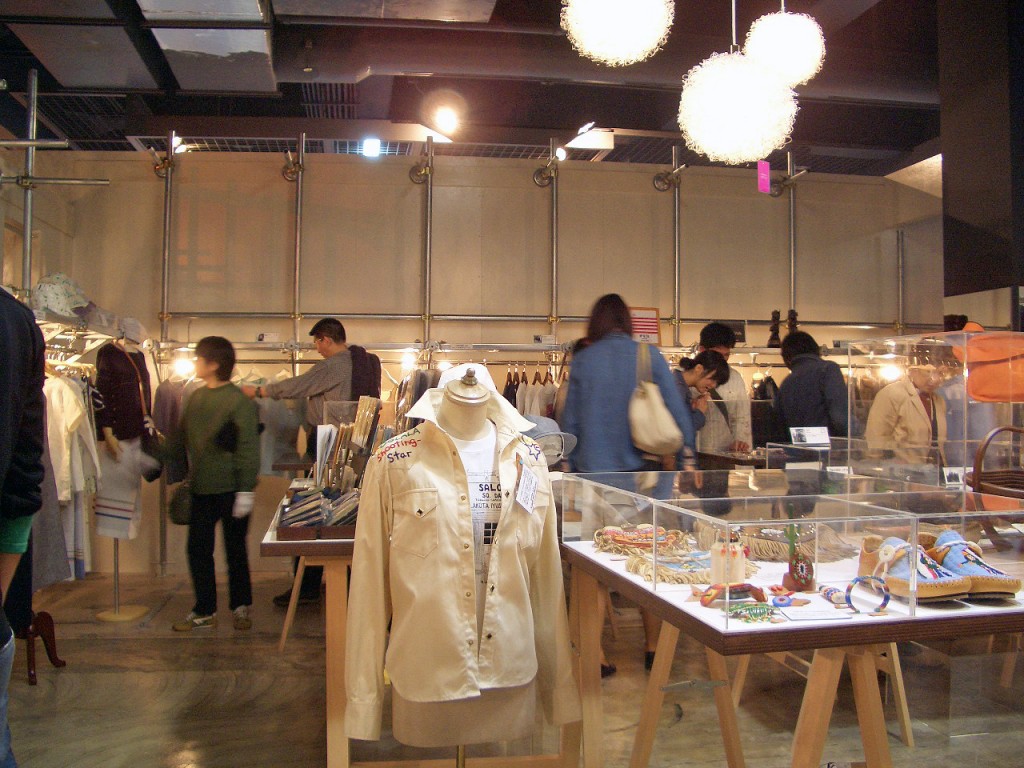 Photo: “Creators Kobe: clothing, food, and liberty” at 133 Days Café, a project by Ms. Hoshika
Photo: “Creators Kobe: clothing, food, and liberty” at 133 Days Café, a project by Ms. HoshikaI didn’t consider the 133 Days Café project as a way of making money but as a good chance to meet many people in the local government Luckily, however, this project led her to receive various work offers, which put her business on track. She was told by an experienced promoter that it was impossible to produce first-class work in a local region market like Kobe, but she now feels that Kobe offered a greater opportunity to work independently as a creator.
Work which would be offered to a large agency in Tokyo goes to a small privately-run company in Kobe. The costs of maintaining an office and general living costs are much cheaper than in Tokyo, and the city is near the ocean and mountains which provide a wonderful work and living environment. The airport and the bullet train station provide easy access to Tokyo.
There are many people in Kobe who start their own business when they are 27 or 28. I hope many young and talented people of these ages will come back to Kobe. It would be wonderful if there were more creators who travel between Kobe and Tokyo, designing everything from tourism to agriculture.
I could realize “Everyday’s Sunday” because I was in Kobe
Photo: Monthly work at the Rokko and Maya Vitalization Project. On the paper in the center, participants wrote ideas about what they can do for Rokko and Maya.
Ten years have passed since the launch of Ms. Hoshika’s business. She now has various titles concerning the branding of Kobe such as Vice Chairperson of the Kobe Chamber of Commerce and Industry’s Design City Promotion Committee, member of the Review Committee of Design Creative Center Kobe, member of the Review Committee of “Port City Kobe” Ground Design, and committee member of the Rokko and Maya Vitalization Project. These titles all help the branding of Kobe. What she had dreamed about when she was 19 has come true.
In these 10 years, I never felt like not going to work. I would hate to have a life of waiting for weekends. I can say “Everyday’s Sunday” because I came back to this city.
My last question was what Ms. Hoshika wants to do in Kobe in the future.
The concept I had in mind when I started my business was to tell the world good things about Kobe and the whole of Japan. Kobe Beef is a successful example. If people in the world like something, it will sell. Our job is to give them a chance to like our products.
Ms. Hoshika also feels a strong need to reconstruct in the present the motivation every citizen felt at the time of the earthquake to act as a participating player, by creating a stage where the citizens can play an active role in Kobe. Examples include organizing a system to let citizens’ voices be heard in the product development process of consumer goods industries, and utilizing the power of design in industries with little design involved such as welfare, education, and tourism. If creators participate actively in creating life, the city will be vitalized even more.
The earthquake, and design. What creates the future of Kobe may be an unexpected combination of these keywords.
(Interviewed and written by Kyoko Sugimoto)
This article was created with the cooperation of greenz.jp.
Ruriko Hoshika
Born in 1975 in Tarumi Ward, Kobe City, Ruriko Hoshika lived in Tokyo between the ages of 18 to 27 years old. Now she lives in Nada Ward. When the Great Hanshin-Awaji Earthquake occurred, she was a first-year student of the Department of Sculpture at Musashino Art University. After graduation, she worked at a city planning consulting company in Tokyo and worked on the planning of new towns, sales promotion, and PR tool design. She established RURIKO PLANNING in Kobe in 2004. She helped prepare Kobe’s application for the UNESCO Creative City Network as a City of Design KOBE in 2008, which greatly contributed to Kobe’s certification.